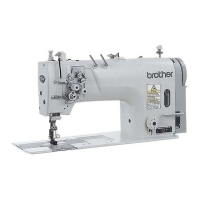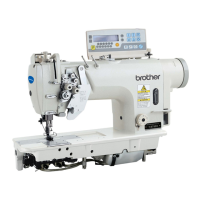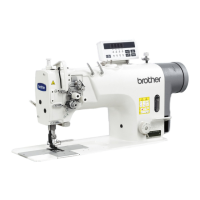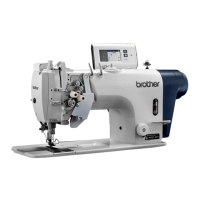What to do if the lower thread tangles at the start or the bobbin spins during trimming on my Brother Sewing Machine?
- EElizabeth Nunez MDSep 9, 2025
If you're experiencing lower thread tangling or bobbin spinning during thread trimming with your Brother Sewing Machine, check these points: Ensure the bobbin spins in the opposite direction to the rotary hook when the lower thread is pulled. Make sure the bobbin winding amount is not more than 80%. Attach the anti-spin spring if your model has a thread trimmer. Replace the bobbin if it's not turning smoothly. Use only bobbins specified by Brother.





